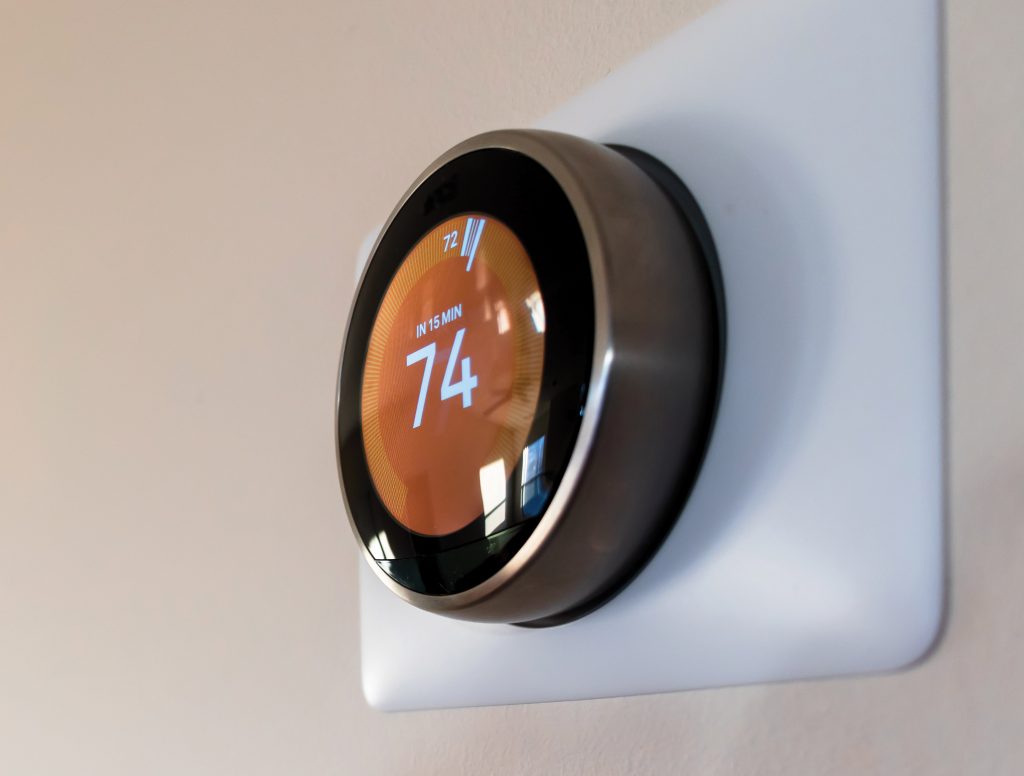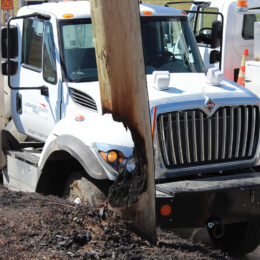
Over the last few years, Wi-Fi-enabled thermostats have become a popular upgrade for people updating equipment in their homes. Thermostats such as the Nest and Honeywell Wi-Fi thermostats (among others) connect to a home’s wireless Internet network and can be programmed remotely from a wireless device, such as a smart phone or tablet. You may want to consider upgrading to a smart thermostat for several reasons:
They are easy to schedule and adjust. Unlike programmable thermostats, Wi-Fi thermostats are much easier to set up on a schedule and refine as needed. Since a wireless device can be used, homeowners can update them anytime — even when in a different location. This can be especially useful when you want to change settings on the go, such as when you are on vacation.
Several versions take advantage of machine learning to get to know your house. Some models of Wi-Fi thermostats can learn how settings impact your home’s heating and cooling systems and adjust accordingly. This ongoing learning will ensure that the thermostat most effectively reaches the desired temperature to keep your home comfortable.
Some Wi-Fi thermostats offer options to maximize savings or comfort. Advanced options for some Wi-Fi thermostats allow the user to optimize the settings for greater control. Homeowners can choose settings to ensure that they are the most comfortable, for instance, while the energy savings mode will encourage you to use less energy to help lower your carbon footprint and save in long-term energy costs.
If you are considering upgrading your thermostat, a Wi-Fi thermostat can be a great option to keep you comfortable. And if you are looking to save energy, check out the ENERGY STAR website for the list of its certified Wi-Fi thermostats that can help homeowners save energy — and money! You also can visit your local electric co-op’s energy advisor for more information, and you can visit www.PowerMoves.com for more information and tips on saving energy.



